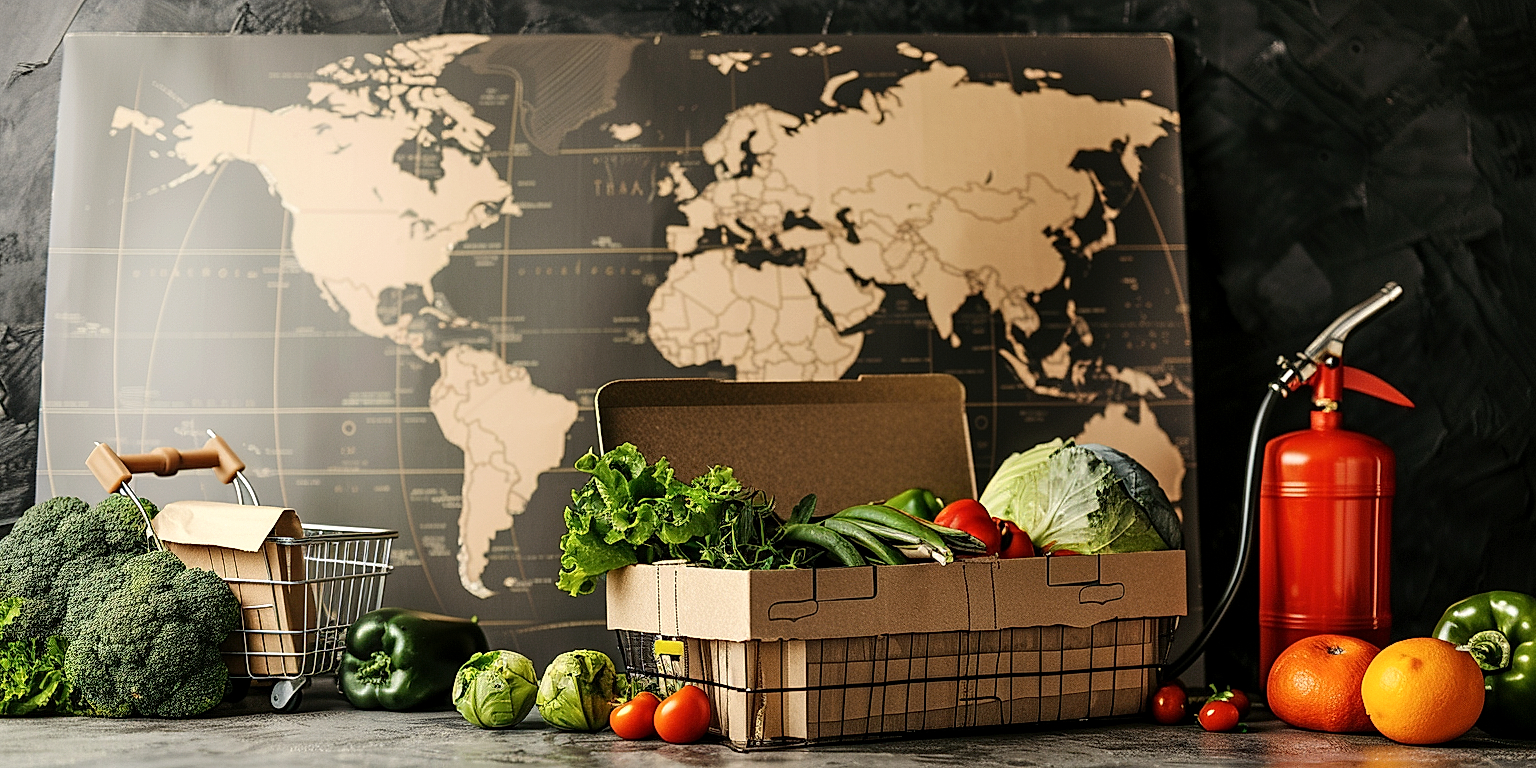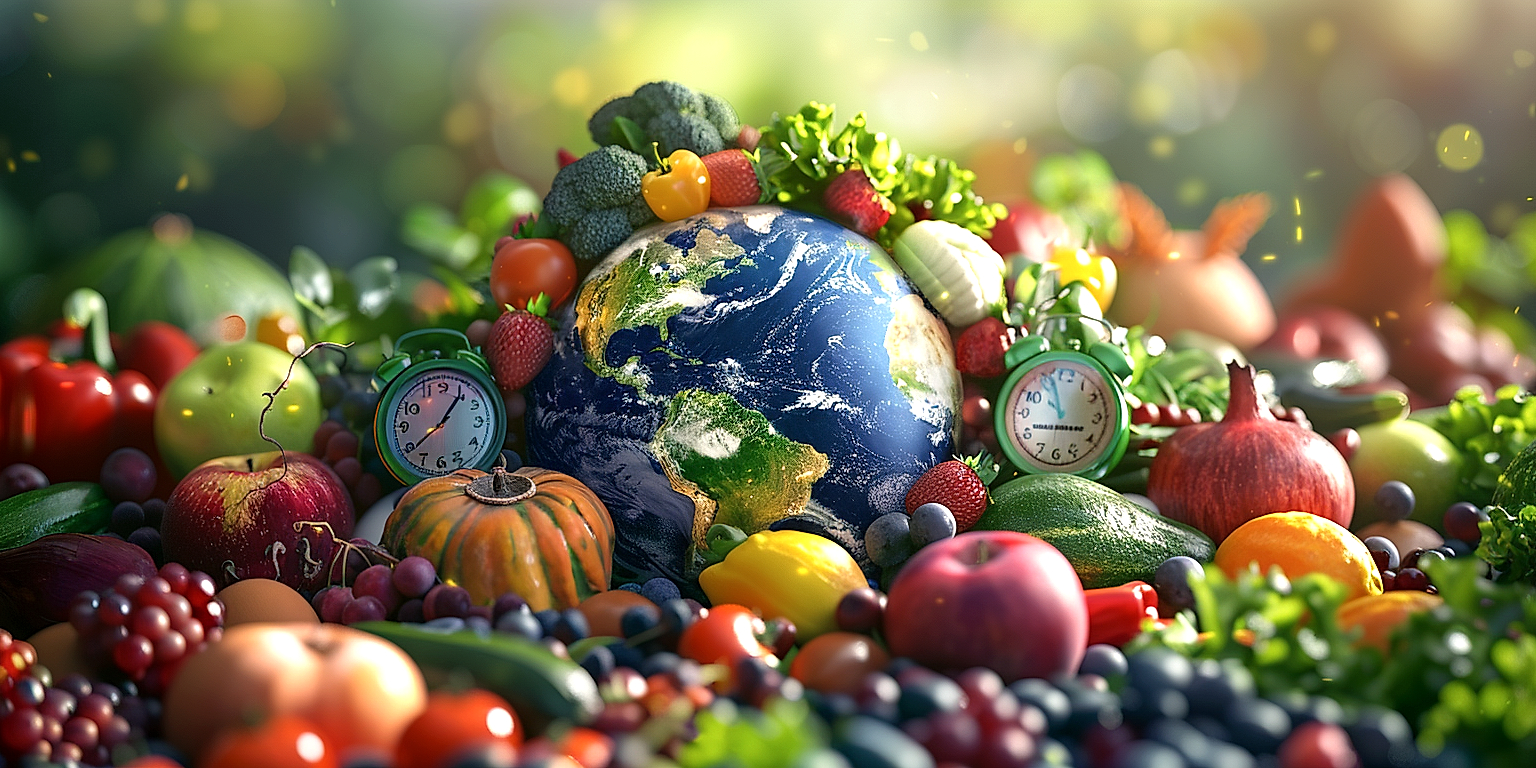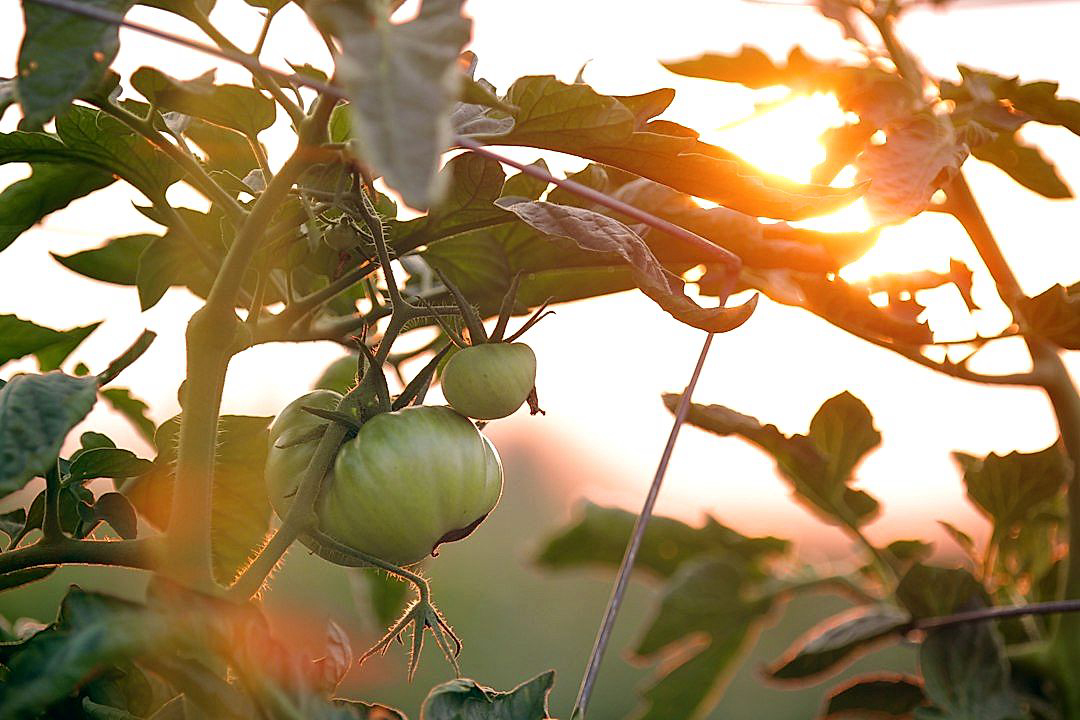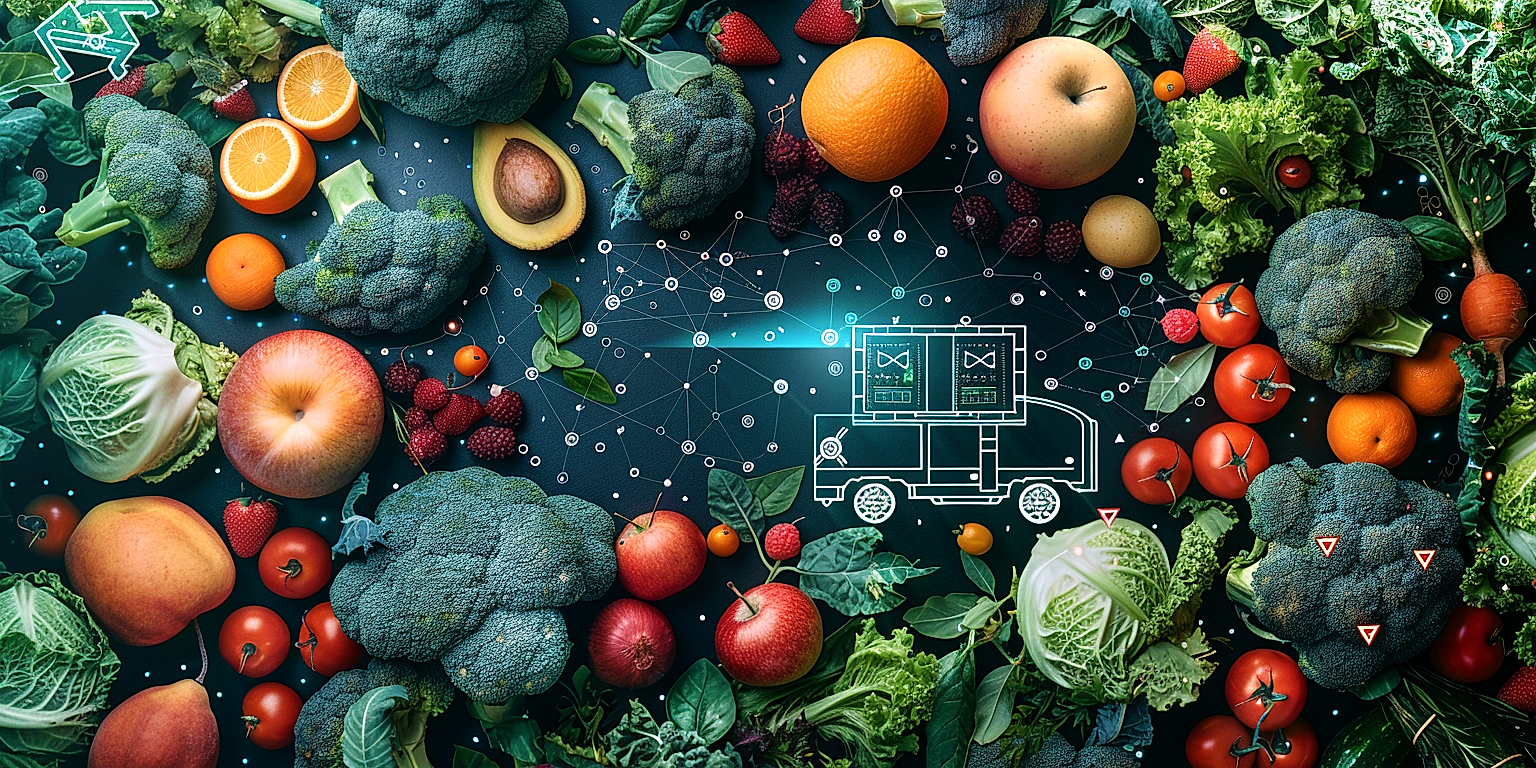Within the global economy, the intricate dance of supply chains is significantly influenced by numerous prevailing economic trends.
From fluctuations in fuel prices to shifts in consumer purchasing patterns, every minor alteration can cause reverberations in commercial strategies.
The world of agricultural transportation is not immune to these influences.
Every link in the chain, from harvesting to distribution, is vitally affected.
A keen understanding of various economic factors–local and global–is imperative to successfully navigate the waves of change.
In the following discussion, we dissect the most impactful trends, providing crucial insight for those involved in produce shipping strategies.
Economic Trends Influencing Produce Shipping Strategies
1. Rising fuel costs impacting transportation expenses
Understanding the economic trends influencing produce shipping strategies requires careful consideration of many variables.
One of the most significant factors in today’s market is the increasing cost of fuel.
Over time, these rising fuel prices have imposed a significant financial burden on the transportation industry.
Rising fuel costs directly affect the financial sustainability of transportation operations, leading to adjustments in shipping strategies.
This phenomenon is not exclusive to any one geography, with soaring fuel costs significantly impacting transportation expenses around the world.
For businesses involved in the transportation of goods, particularly perishable items like organic produce, these escalating costs can seriously impair the viability of current operational models.
Subsequently, the increased cost of fuel inevitably leads to higher transportation expenses that inflates the price of the transported goods themselves.
For produce suppliers, understanding this financial burden and the unpredictable fluctuations in fuel costs becomes crucial to crafting a comprehensive and adaptable shipping strategy.
In response to these increasing costs, many companies are seeking ways to optimize their shipping strategies.
This includes reassessing the routes, altering the frequency of deliveries, or applying modern technological tools to manage efficiencies in logistics and transportation management.
It is essential for these companies to explore all available strategies to offset the rising costs associated with fuel consumption, ensuring their operations remain economically viable.
Such strategies often involve the adoption of eco-friendly technologies, such as fuel-efficient vehicles or renewable energy alternatives, as they offer the potential for both cost savings and environmental conservation.
By integrating these fuel-efficient technologies into their operations, companies can mitigate the impact of rising fuel costs on the profitability of their business.
Overall, the escalating cost of fuel is increasingly shaping the way several businesses, including those involved in shipping fresh, organic produce, develop their transportation and logistics strategies.
This analysis of the impact of rising fuel costs on transportation expenses provides critical insight into one of the most influential financial factors currently at play in the realm of produce shipping.
Equipped with an understanding of this significant economic trend, businesses can make well-informed decisions regarding their shipping strategies, promoting sustainability and encouraging both profitability and growth.
2. Globalization increasing international trade routes
The influence of globalization in international trade cannot be overstated.
As societies become more interconnected, the demand for diversified goods, including produce, increases.
Countries are not only buying and selling products within their own borders but are also participating in international trade, thanks to globalization.
This phenomenon has resulted in the expansion of international trade routes.
It is pivotal to understand that the expansion of trade routes has significant implications for produce shipping strategies.
An expanded trade route means shipping strategies have to adapt to cover longer distances, cater to different climates, and consider various national regulations.
It entails a comprehensive understanding of each region’s custom laws and regulations to ensure the produce is shipped without complications.
The need for handling the complexities of different time zones, weather conditions, and geographical challenges is also important.
Language barriers and cultural differences are other factors coming into play when dealing with international trade routes.
However, managing these challenges presents a great opportunity for companies willing to invest in efficient and effective shipping strategies.
Notably, the formation of multiple trade routes has also made way for competition among produce shipping companies.
Companies are now forced to innovate and improve their shipping methods to stay ahead of the competition.
This competitiveness in the industry ultimately benefits the consumers as it provides them with a variety of choices and, potentially, lower prices.
Additionally, globalization has fostered the creation of international trade organizations.
These organizations help to streamline and regulate the trade process, making it smoother for participating nations.
Thus, the ongoing trend of globalization is not only setting higher standards in terms of quality, sustainability, and reliability but is also leading to remarkable innovations in the produce shipping sector.
3. Need for sustainable, eco-friendly shipping methods.
As more and more industries strive for sustainability, it is clear that the shipping sector, including produce shipping, is no exemption.
The need for sustainable and eco-friendly shipping methods has now become imperative due to rising global environmental concerns, especially in the context of climate change.
This issue does not solely rest on the need to reduce carbon footprints but is increasingly recognized as a strategic step that can improve efficiency and substantially cut costs.
As such, embracing sustainability can present numerous significant economic advantages for companies in the produce shipping business.
Incorporating eco-friendly technologies and designs in shipping operations, transport vehicles and containers such as refrigeration technology improvements, using renewable energy sources and optimizing logistics planning for minimal waste are some ways to achieve this goal.
This move towards green logistics can further reduce fuel consumption, minimize energy usage, cut down waste and lower emission levels, which in turn leads to considerable economic savings in the long run.
In addition, customers are becoming more discerning and demanding sustainability in products and services.
Therefore, companies that can provide eco-friendly shipping solutions can gain a competitive advantage and enjoy increased customer loyalty.
Moreover, guidelines and regulations are increasingly pushing businesses towards sustainable practices.
Given this backdrop, adherence to environmental regulations and standards can avoid heavy penalties, protect the company’s reputation and provide a platform for corporate responsibility.
Innovative solutions like efficient packaging, the use of renewable energy on shipping routes and the switch from traditional shipping methods to more innovative ones like drone deliveries, can greatly contribute to sustainability.
Such practices also have numerous environmental implications and benefits, including reducing noise pollution, improving air quality, and promoting biodiversity.
Similarly, digitalization and the application of smart technologies in logistics can also contribute to sustainable shipping.
Automated processes, real-time tracking systems, predictive analytics, machine learning algorithms and AI tools can increase operational efficiency, optimize load factors, predict demand accurately, reduce waste, and more importantly, minimize carbon footprints.
The drive towards sustainability is a shared responsibility and a collective effort by producers, shippers, regulators, consumers, and even policymakers.
The shipping industry, therefore, plays a critical role in the global endeavor for minimising our environmental impact and reshaping our economic activities towards a sustainable future.
4. Growing demand for fresh, organic produce.
Over the years, consumers’ preference for food choices has shifted majorly towards fresh, organic produce over conventionally grown foods.
The increase in health consciousness among people has played a pivotal role in this shift.
With the surge in demand for fresh, organic produce, there’s been an equivalent impact on produce shipping strategies.
The increasing demand for fresh, organic produce is shaping and redefining the landscape for produce shipping strategies across the globe.
Moreover, this rising demand is not limited to any geographical region but is a global trend.
Shipping fresh, organic produce comes with its own set of challenges and requirements.
Firstly, it demands faster and more efficient shipping solutions as fresh, organic produce has a limited shelf life.
Additionally, the packaging and shipping methods must ensure the maintenance of the produce’s organically grown status and prevent any contamination.
Specialized cooling and refrigeration technologies are often employed to ensure the freshness and quality of the produce till it reaches the consumer.
Another factor affecting the shipping strategies for fresh, organic produce is the seasonal and geographical availability of different types of produce.
Shipping methods need to align with these variables, ensuring year-round availability of diverse organic produce in the global market.
This often necessitates the shipping of produce from regions where they are in season to regions where there’s a demand but the produce is off-season.
A successful shipping strategy for fresh, organic produce needs to strike the right balance between efficiency, speed, and quality preservation.
With the rising demand for organic produce, the ability to successfully manage these requirements will be a key competitive advantage for businesses in the sector.
Innovations and advancements in shipping technologies and strategies are imperative to address these demands and rise to the associated challenges.
Indeed, the growing demand for fresh, organic produce is reshaping the way we think about, and plan for, the distribution and transportation of produce on a global scale.
5. Impact of e-commerce on retail distribution.
The World Wide Web has revolutionized trade, and retail in particular, giving rise to e-commerce.
Not only has it provided customers with the luxury of purchasing goods from the comfort of their homes, but it has also considerably transformed physical distribution systems.
One credible prediction that can be made regarding the future of retail is the growing preference for fresh, organic produce through online shopping platforms.
The continuous evolution of technology has recalibrated the way we shop, bringing about the elimination of the brick-and-mortar model, seeing as the option to purchase online provides customers save on time and resources.
With the increasing inclination for online shopping, especially for fresh produce, e-commerce platforms are under the burden of developing sophisticated distribution strategies.
Further, these strategies must address the intense competition in the online market and the requirement for errant-free and quick delivery systems.
The availability of numerous items and price comparison options further induce intense competition among e-commerce businesses, making efficient shipping and seamless logistics pivotal to success.
Accurate, reliable, and fast shipping has become the spinal cord of online retail, and achieving this is no mean feat.
Any delay or inefficiency in shipping fresh, organic produce directly impacts the quality of the product and customer satisfaction.
Therefore, e-commerce platforms need to implement meticulous logistics plans and include advanced technology to ensure the freshness and quality of the produce during transport.
Warehousing and distribution are other critical spheres that need attention.
Management strategies should allow for the efficient flow of goods from warehouses to customers’ doorsteps, minimizing touchpoints, maintaining quality, and ensuring sustainability.
Innovation in packaging for e-commerce needs to be explored, given the need to ensure that produce remains fresh and unharmed during transit.
Also, businesses are expected to align their operations with sustainable approaches to satisfy the growing need for eco-friendliness.
Finally, the economy of e-commerce hinges on effective cost management, which directly impacts the pricing of produce and influences consumers’ purchasing decisions.
Economic strategies need to account for transportation costs, with a tight check on escalating fuel prices and keeping sustainability at the forefront. Therefore, business strategy and economics walk hand in hand in dictating e-commerce success in retail distribution.
The Bottom Line
To sum up, the surge in fuel prices enormously affects transportation expenses, making it crucial for industries to devise innovative, cost-effective strategies.
The expansion of globalization, which has amplified international trade routes, necessitates robust, efficient logistics systems.
Simultaneously, there is an ever-growing need for sustainable and eco-friendly shipping methods, driven by consumers’ heightened awareness of environmental impacts.
This demand parallels the boom in organic produce, calling for specialized distribution methods to retain freshness and quality.
Furthermore, e-commerce has revolutionized retail distribution, requiring rapid, responsive logistics that fulfill consumer expectations.
Therefore, the pressure is on for industries to adapt and evolve their supply chain and logistics strategies, to meet this myriad of intricate, interconnected challenges.




